Does Compostable Packaging Actually Turn into Compost? Industry Experts Share Insights
October 31, 2024
Compostable packaging has become increasingly popular on retail shelves––but can it turn into compost if accepted at composting facilities?
In a joint interview, field testing experts, including the Compost Manufacturing Alliance and the Compostable Field Testing Program—both partners of the Composting Consortium, an industry collaboration managed by Closed Loop Partners’ Center for the Circular Economy—share what they have uncovered after 10+ years of in-field experience.
Read more to find out how well compostable packaging actually breaks down into compost, and what’s needed for these materials to work in the organics stream. Curious to learn more about how field testing works? Scroll to the bottom of this post to learn more.
What is your organization’s role in the composting industry?
Compost Manufacturing Alliance (CMA): CMA field tests compostable packaging disintegration and reviews acceptance criteria for some of the largest composting facilities in the U.S. and Canada. Our published list of certified and accepted compostable products includes a significant percentage of compostables throughout North America, with over 5,000 unique, individual products certified or approved from hundreds of global manufacturers. CMA originated from composter-led efforts to address the challenge of some certified compostable packaging not breaking down in the compost process. In 2007, Cedar Grove started a field testing program to develop lists of accepted compostables for its municipal partners and commercial clients, which became nationally recognized. In 2016, CMA’s founder, Susan Thoman, expanded Cedar Grove’s program nationwide, partnering with five large compost facilities. Today, CMA aims to ensure compostable packaging disintegrates properly, protecting composter and packaging manufacturers’ investments and preventing landfill waste.
Compostable Field Testing Program (CFTP): CFTP supports composters with methods and test kits to field test compostable product disintegration at their sites. We then collect and open source the resulting data, including both product disintegration and compost operating conditions. As an international, nonprofit research platform, we look to understand how compostable products break down in real-world conditions. Founded in 2016 by the Compost Research & Education Foundation and BSIbio, our origins begin in 2013 working with university partners to refine and pilot the US Composting Council’s (USCC’s) original “mesh bag” field test method and create a new “dose” method for sites where a bag won’t work.
Composting Consortium (CC): The Composting Consortium, managed by Closed Loop Partners’ Center for the Circular Economy, conducts in-market tests and in-depth research to support the industry in advancing composting infrastructure and the recovery and processing of food-contact compostable packaging and food scraps in the U.S. We launched in 2021, bringing together leading voices across the composting and compostable packaging value chain––from the world’s leading brands to best-in-class composters running the operations on the ground.
Why is field testing compostable packaging important?
CFTP: Composters can only accept compostable packaging if they know that these materials will truly break down and not negatively impact their end product––healthy compost! Biodegradation testing, which happens in a lab environment, is important. It proves that an item is really getting converted at a molecular level by microbial activity. But disintegration testing to see compostable products visibly breaking down is equally important. Field testing compostable packaging is a way to bridge between lab results and real-world disintegration in actual industrial and commercial settings.
CMA: It’s critical to building trust in the composting industry. Many of today’s largest facilities must use technology that works for an evolving list of feedstocks, including post-consumer food scraps. These are different systems than what was used in the beginning years of yard waste and pre-consumer food scrap composting. Commercial composting and compostable packaging have evolved significantly and are continually improving. It’s true that lab standards are now only one step in confirming product safety and disintegration in various composting systems. Products must be proven to break down in facilities to ensure they are not treated as contaminants and end up in landfills.
CC: Compostable packaging is a promising innovation for diverting food waste from landfills to composting facilities, but to be successful, infrastructure must be willing and able to process these materials. Prior to 2024, limited public information existed on the performance of compostable packaging, and we’re glad to see that is changing. Data from field testing replaces anecdotes with data that can drive discussions, decisions and policymaking that will shape a more resilient future for the composting and compostable packaging industries.
What are some of your key findings thus far?
CMA: Contrary to common belief, biopolymers generally disintegrate well in composting. Fiber-based products do not disintegrate as well as biopolymers overall, although compost manufacturers are more comfortable taking in fibers because bioplastics often resemble traditional plastics and are often sorted into the organics bin by mistake. We are also narrowing down the composting conditions that most affect product disintegration. While time is certainly a factor, it is not necessarily conclusive. The interaction between time, moisture, carbon to nitrogen ratio and agitation is complex and dynamic. Our data suggests that no single variable can be considered the key to successfully breaking down compostable products. Each variable within this set of acceptable conditions––such as moisture, carbon to nitrogen, bulk density––affects other variables.
CC: Our report features our top 10 findings, and to be even more succinct, we can boil it down to three key takeaways. First, certified food-contact compostable packaging breaks down effectively at commercial composting facilities that meet reasonable operating parameters––such as moisture, water and temperature––as defined by the Composting Handbook. We collaborated with composters to collect daily and weekly pile readings within these parameters. Second, compostable plastic and fiber packaging met field-testing thresholds for disintegration, achieving 80% and 90% thresholds at the material category level, as per CMA’s standards. Lastly, fiber packaging disintegration improves with mechanical or manual agitation and consistent moisture levels above 50%. For more details, read our report here.
CFTP: Our data shows us that composter acceptance is more complex than just whether a material will disintegrate or not––contamination mitigation, and the role of materials in the composting process play an important part. The results for fiber products always surprise folks; both lined and unlined fiber products––such as “food-soiled paper”––don’t tend to break down as quickly as we might expect, despite their widespread acceptance. On the other hand, biopolymers consistently prove to break down better than what is anecdotally reported in the field. In either case, tests across different technologies––like windrow and aerated static pile––have shown that the operating conditions have to be right for the products to break down. Temperature and moisture have the most significant impacts. The right conditions vary by material, and these conditions apply regardless of technology. Our new online Results Dashboard allows visitors to view how different materials perform, in different facility types and under different conditions.
Where have you seen opportunities for further collaboration or joint work?
CMA: Research in this space is vitally important, but funding for research is scant. Pooling resources to fund, design and conduct research can move the composting and compostable products industries forward faster and more efficiently than any one entity can alone. Conversations, like this one, can shed light on different stakeholders’ perspectives and where we can find common ground. From that common ground, we can each use our own platforms to dispel misperceptions that often lead to bad policy and thwart true progress.
CFTP: Although disintegration trends appear similar across data sets, there are tangible differences in methodology between different testing groups that could benefit from standardization. Creating a collaborative industry standard for field testing could result in more reliable testing and more comparable data between tests. We’ve been collaborating to standardize methods since 2021 under ASTM International, one body which published lab-based disintegration and compostability testing and labeling standards in the 1990s.
CC: Given the key insights that are similar across our organizations, working together to educate composters, policymakers, and packaging manufacturers and brands on the topic of field testing can help expand end-of-life options for compostable materials and close the loop on food waste. We’re really proud of the way our teams are collaborating already! We are all contributing to the development of an ASTM field testing standard, and our team will donate data to developing this method, like we have to CFTP for the launch of its open-source database.
Any final thoughts?
CFTP: Compost operations are as unique as fingerprints, and even a single composter using the same technology will experience a range of operating conditions––such as temperature and moisture––season-to-season or pile-to-pile. Pursuing research on field testing results that correlate to operating conditions is going to help move the needle on understanding compostable packaging, and help composters feel confident in accepting these products, without having to test every product themselves. Importantly, field testing alone can’t solve the challenges facing the circular economy for food scraps and compostable packaging. An aligned and science-based approach that ties policy, systems and technology together is essential, and it’s for this that the CFTP’s non-profit and open-source approach is designed.
CMA: CMA continues to hold a space to connect product designers with compost manufacturers. When we collectively work manufacturer-to-manufacturer, we have a much more efficient way to address the disintegration performance of materials in real world systems. Working together, we can explore the relationship between product constituencies and pile science. Continued collaboration around field disintegration testing and settling on a method, and then a standard, within the ASTM D34 committee, can harmonize research efforts and provide all stakeholders with greater clarity and focus for the future.
CC: Our team has launched several new programs to engage packaging manufacturers, composters and municipalities (cities and counties) to scale infrastructure, and we welcome a conversation with these groups about the results of our disintegration study. If you want to learn more about how we’re supporting the scale up of composting infrastructure, please reach out to Caroline Barry at [email protected].
Learn more about how field testing works below!
How do you test the disintegration of certified compostable packaging?
CMA: The “mesh bag” method has been central to CMA’s composter-centered testing for nearly 20 years. Samples are marked, placed in mesh bags, and layered within a freshly made compost pile at a commercial facility. What makes our testing distinct is that CMA retrieves the mesh bags at the end of the active cycle, as opposed to the end of the curing phase. This means that the bags are extracted, cooled and dried, then our field technicians sift each bag and samples are sent to the lab for further processing. CMA evaluates visual disintegration, which aligns to compost manufacturers’ concerns about visual contamination in their end-product. Our thresholds to “pass” CMA’s field-testing criteria for certification are based on composters’ perspectives. Fiber-based remnants in finished compost are generally considered less problematic than plastic remnants because fiber-based remnants will often continue to disintegrate after active composting, just as they do in ambient conditions. Compostable biopolymers, on the other hand, may or may not continue to disintegrate after active composting and can look like conventional plastic in the finished product. Thus, compostable biopolymers must show >90% disintegration to pass while fiber-based products must show >80% disintegration.
CC: Our disintegration study tested over 23,000 units of fiber and compostable plastic packaging, making it the largest field test of certified compostable packaging in North America. All products and packaging tested in our pilot were either BPI-certified or in the process of certification. This intentional choice ensured no harmful chemicals, such as PFAS, were deliberately introduced into the composting process. We trialed both the mesh bag method and the dose method. Disintegration was measured by percentage reduction in weight and surface area at Day ~47 and at the end of the curing phase. The compostable packaging remained in the compost piles for 49 to 94 days, depending on the facility’s technology. A distinct aspect of our study is the level of data and detail we’ve obtained on composting parameters––such as temperature, moisture and more––alongside disintegration results, which were assessed both in-field and in-lab. Compost operators tracked daily pile temperature, weekly moisture and oxygen readings, and periodically measured bulk density, pH, carbon to nitrogen ratios, compost maturity, and stability. This comprehensive data collection allowed us to correlate the composting conditions with the disintegration performance of the packaging, providing valuable insights into the effectiveness of different composting processes.
CFTP: Most field tests we’ve coordinated have used the ‘mesh bag’ method, where several different items are packed with compost feedstock into a large mesh bag. The bag is tracked along with operating conditions like temperature, moisture and compost maturity, throughout the full composting process, both active composting and curing. At the end of the test, the material in the bag is sifted. Residuals from the test items are extracted and analyzed to measure disintegration by both weight and surface area. We provide a baseline test kit with the same test items across all tests, so we can better see the impact operating conditions have on disintegration. We also developed the “dose” method, similar to the mesh bag method, but with test items loosely piled instead of bagged. More details are available on the CFTP’s results dashboard and website as of fall 2024!
How do your approaches to field testing align or differ from the other groups here? What should stakeholders understand about the differences and similarities in your approaches?
CMA: Cedar Grove Composting’s initial method has been widely adopted, leading to similar mesh bag techniques across organizations. However, CMA has refined its approach, using Ingeo™ PLA as the primary control due to its consistent disintegration in all composting processes. Office paper is also used, though its disintegration varies. CMA avoids the “bulk dose” or open pile method, which places samples directly into the pile. Despite logistical challenges, this method may evolve with continued use. CMA tests products in “real world” scenarios with no pre-shredding or pre-treatment of samples, and only tests disintegration during the active composting phase, unlike other tests that extend into the curing phase, and/or may use pre-shredded or pre-treated samples. Certification requires evaluation after the active phase because some composters screen materials between these phases. Products without additional curing are screened out and reprocessed or sent to the landfill. CMA extends studies through the curing phase upon request but bases certification on active phase results to align with typical composting practices.
CFTP: As a non-profit project, the Compostable Field Testing Program’s activities are funded by grants and donations, both financial and in-kind. The CFTP is committed to open-sourcing the data it collects in as much detail as possible, while honoring our commitment to anonymizing facility’s operating data. CFTP is rooted in collaboration between organizations supporting the circular economy and science-based research to advance industry and inform policy, evidenced by our founding partners BSIbio and CREF, and in providing advisory and implementation services for the Composting Consortium’s Disintegration Study. This model has kept the program grounded in science and problem solving, supported by forward thinking organizations. Also, relative to other field testing initiatives which tend to focus on larger–scale facilities, the CFTP aims to make field testing accessible to composters of all sizes, from community-scale to the largest commercial-scale facilities.
CC: Since our start, the Consortium has aimed to be additive in the field of compostable packaging testing, collaborating with several of our partners including CMA, CFTP and CREF along the way. We were the first group to trial the still-developing ASTM field testing method, where both CFTP and CMA participate. We have donated data to CFTP to support the public launch of their open-source database, and we belong to international collaborations to share insights about our experience field testing compostables. One key difference in our approach is that we measured disintegration at 2 points of the compost process (Day 47 and at the end of curing). This means we may have pulled the mesh bags or packaging from the compost piles later than other field testing groups. We also did not test packaging with the intention of passing or failing any one product. We’ve collected as much data as we have with the intention of applying it to support best management practices for composers who want to accept these materials. While we will not carry out more field tests in the next two years—CMA and CFTP have that covered—we intend to work with the USCC to integrate our findings to update best management practices for composters who accept these materials.
Related posts

Press Release
New Data Reveals High Quantities of Food-Grade Polypropylene...
Closed Loop Partners’ Center for the Circular Economy...
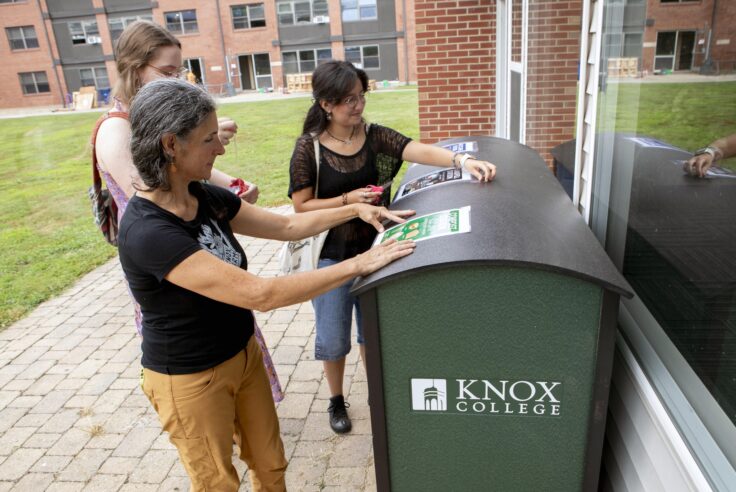
Blog Post
Keeping Compost Clean: Tools to Help Reduce Contamination...
The Composting Consortium interviews EcoProducts to...
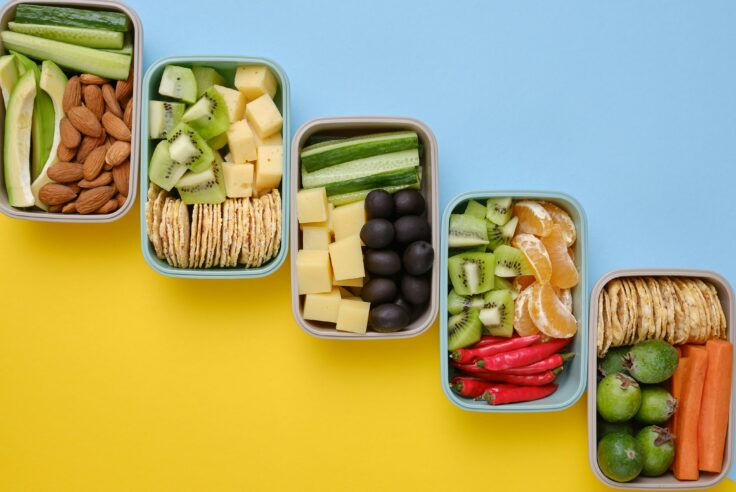
Press Release
Closed Loop Partners and U.S. Plastics Pact Identify...
Packaging types primed for reuse lay the groundwork...
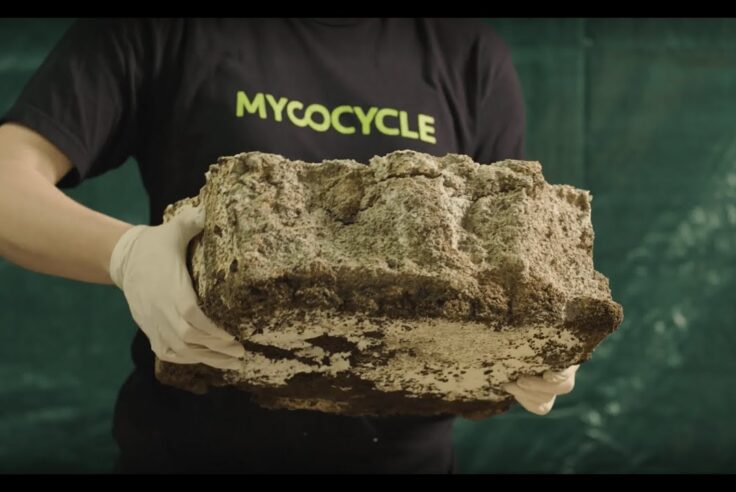
Blog Post
Why We Invested in Mycocycle: Nature-Inspired Circular...
Closed Loop Partners’ Ventures Group saw a key opportunity...
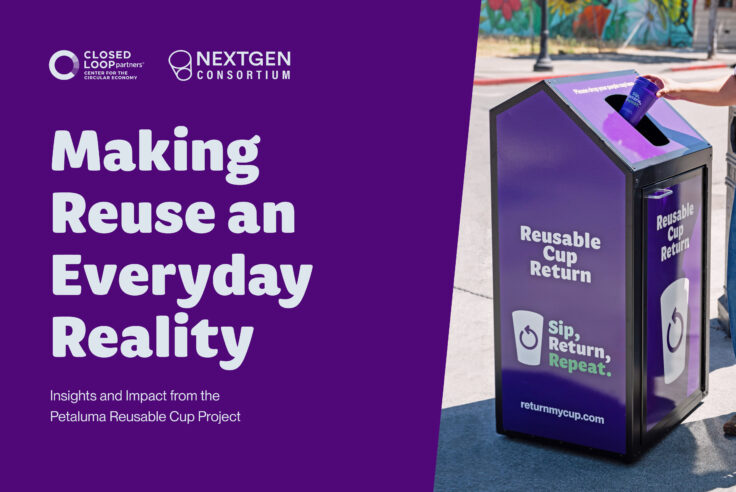
Press Release
Groundbreaking Results From Citywide Petaluma Reuse...
The Petaluma Reusable Cup Project from the NextGen...

Press Release
Closed Loop Partners’ Portfolio Company, Sage Sustainable...
The bolt-on acquisition scales Sage’s end-to-end...

Press Release
Closed Loop Partners Unveils Groundbreaking Findings...
Closed Loop Partners’ Center for the Circular Economy...

Press Release
Capricorn Investment Group Backs Closed Loop Partners...
The partnership signals tailwinds behind the circular...
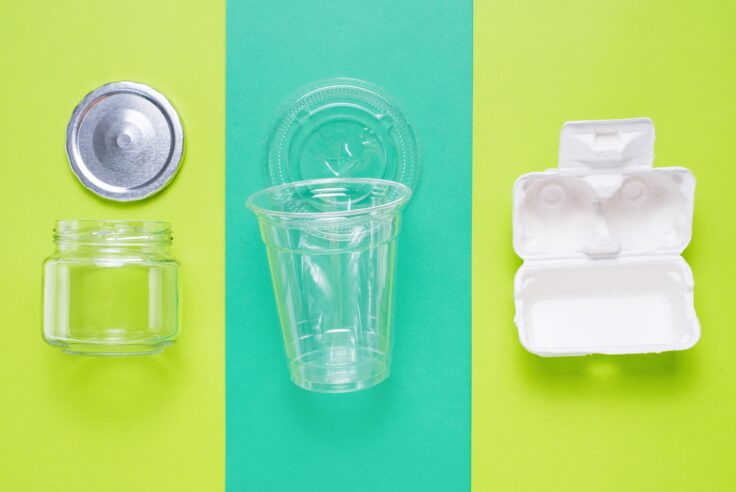
Blog Post
8 Tips to Navigate Life Cycle Assessments for Circular...
Closed Loop Partners’ Center for the Circular Economy...
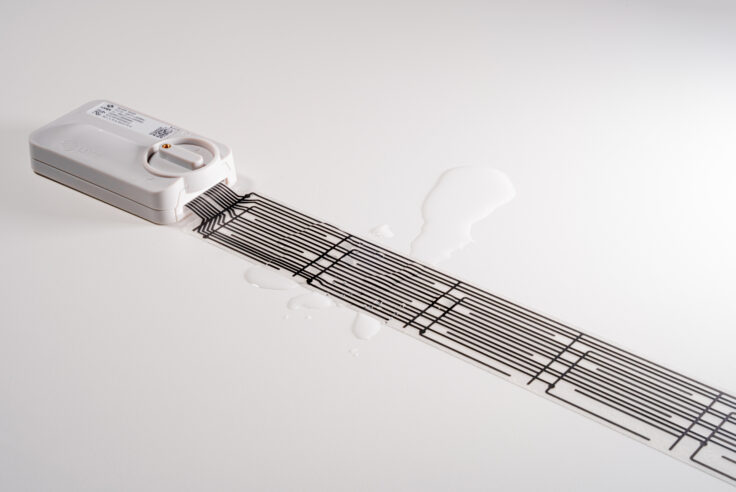
Press Release
Closed Loop Partners Leads $4M Seed Round for LAIIER,...
Investment in the innovative liquid leak detection...

Blog Post
The Key to a Strong Local Economy? It Must Be Circular.
4 ways the circular economy unlocks local value.
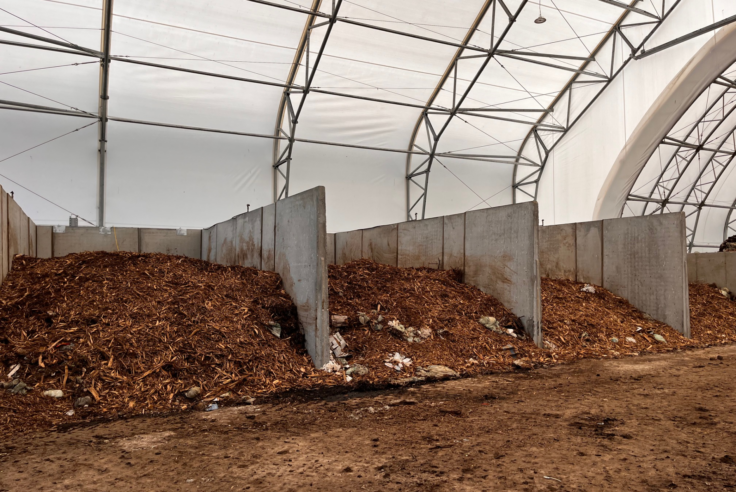
Blog Post
Why More Composters Are Recovering Food Scraps and...
Black Earth Compost and Glacial Ridge Composting Facility...
